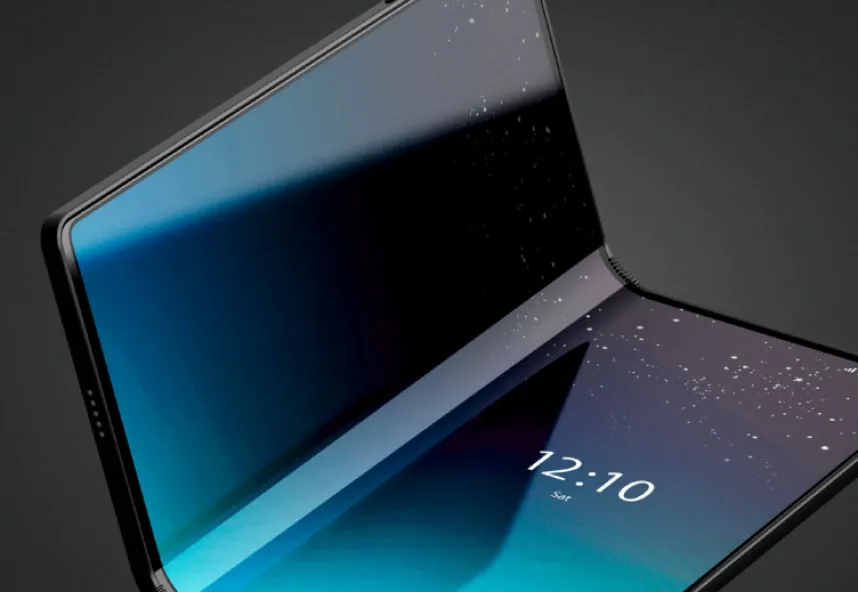Organic and Nanoelectronics
The group of Prof. Veit Wagner develops new materials for electronic applications. Through tailored chemical synthesis, we manipulate the basic building blocks of matter or use nano-structuring methods and proper combination of different functional layer to develop materials with new functionalities. For example, we develop are organic solar cells with a nanoscale materials mixture (bulk heterostructure) for improved performance; metal-oxide transistors with potential for flat-panel display applications; and two-dimensional materials such as MoS₂ for hydrogen evolution reaction or for low-power transistors. Through nanoscale materials manufacturing, we can build improved barrier layers to hinder water diffusion or build flexible transparent electrical contacts via carbon nanotube (CNT) or silver nanowire (Ag-nw) networks.
Typically, we wet-chemically deposit the materials, which is a low-cost process and is scalable to large areas. Specifically, we apply spin-coating, doctor-blading or spray pyrolysis. These labscale approaches are a stepping stone towards high-volume printing machine manufacturing. For example, we can use a newspaper printing machine with “electronic inks” can to produce large area or large volume electronics.
Organic and Nanoelectronics group activities and results include:
- two-dimensional material growth on liquid surfaces
- the development of optimized water-splitting electrodes
- a spray deposition process, which we monitoredclarified with high-speed cameras monitoring and the development developed of a three-dimension scenario analysis that uses automated recognition and machine learning.
- flexible organic electronics
The organic and nanoelectronics group consisted of four PhD students and two postdoctoral researchers, and was funded through DFG, private foundations, and industrial cooperation projects.
- Rutkowska, C.J. Schürmann, V. Wagner, N. Kuhnert, P.J. Kulesza, W.M. Nau, U. Kortz U. Discrete, Cationic Palladium(II)-Oxo Clusters via f-Metal Ion Incorporation and their Macrocyclic Host-Guest Interactions with Sulfonatocalixarenes. Angewandte Chemie - International Edition 61(25). 2022.
- Nisar, T. Balster, A. Haider, U. Kortz, V. Wagner. Growth of ultra-thin large sized 2D flakes at air-liquid interface to obtain 2D-WS2 monolayers. Journal of Physics D: Applied Physics 54(6). 2021.
- J. Köhling, V. Wagner. High speed picoliter droplet top-view analysis for advancing and receding contact angles, boiling regimes and droplet-droplet interaction. International Journal of Heat and Mass Transfer 169. 2021.
- J. Köhling, V. Jovanov, N. Kalinovich, G.V. Röschenthaler, V. Wagner. Tailored -diketones as effective surface passivation for solution processed zinc oxide thin film transistors. Organic Electronics 86. 2020.
- A. Tamang, R. Parsons, U. Palanchoke, H. Stiebig, V. Wagner, A. Salleo, D. Knipp. Color Sensing by Optical Antennas: Approaching the Quantum Efficiency Limit. ACS Photonics 6(8). 2019.

